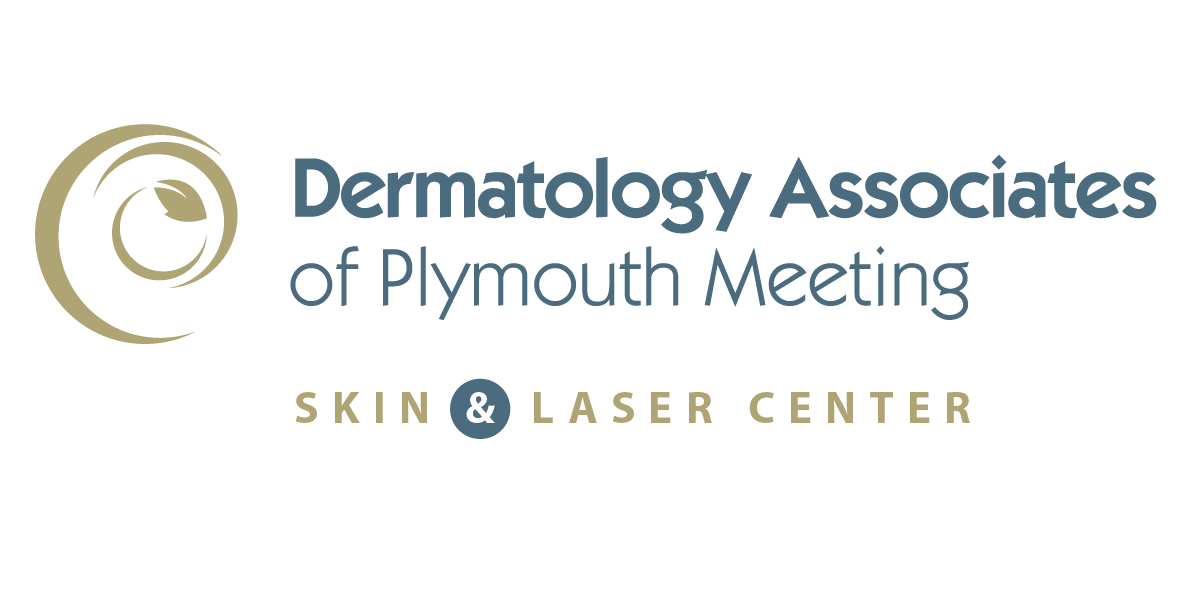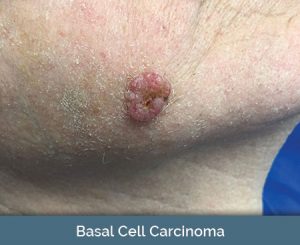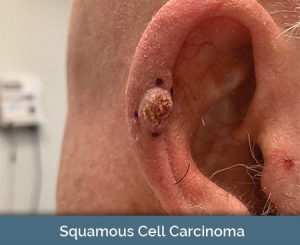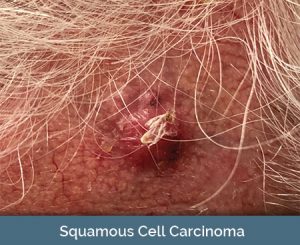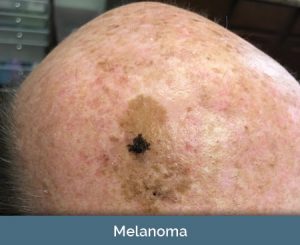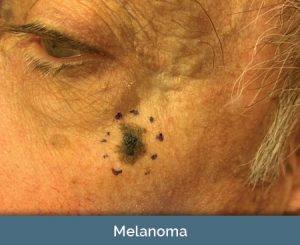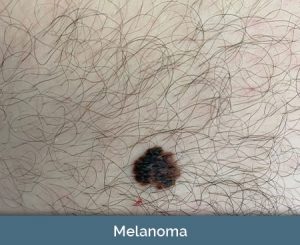Conditions
Understanding Different Types of Skin Cancer
With skin cancer being the most common type of cancer (by far), it’s important to understand what skin cancer looks like and when to be concerned about it. Preventing, diagnosing and treating skin cancer is something we do every day at Dermatology Associates of Plymouth Meeting, which is why we recommend routine skin checks for anyone regardless of age or skin type. Even people who are not frequently exposed to sunlight can get skin cancer. On the bright side—when found early, nearly all skin cancers can be effectively treated.
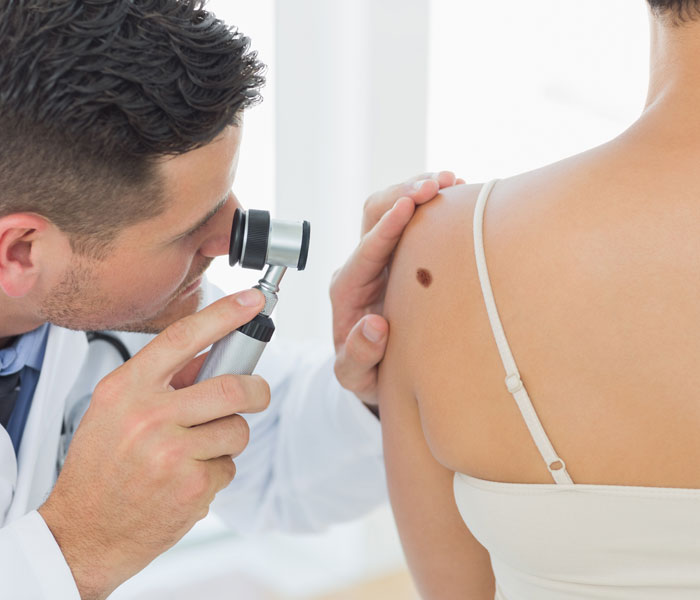
Preventing Skin Cancer
The three most common types of skin cancers are basal cell carcinomas, squamous cell carcinomas and melanoma. While they are all dangerous if left untreated, melanoma is the deadliest of the three. Fortunately, skin cancer is extremely preventable and treatable when discovered early. To best prevent skin cancer, wearing sunscreen with an SPF 15 or higher is recommended, but not enough to prevent skin cancer by itself. You should also seek the shade, especially between mid-morning and mid-afternoon. Covering up with clothing is also a good idea, as well as wearing a broad-brimmed hat and UV-blocking sunglasses. Examine your skin from head-to-toe regularly and schedule an appointment with your dermatologist quickly if new spots appear that are irregular in shape or texture. Even if you don't see new growths on your skin, you should still see your dermatologist once a year for a professional skin exam.
Treating Skin Cancer
Treatment options for skin cancer vary depending on the stage of cancer growth. Most skin cancers, when discovered early, can be treated in our exam room by freezing them with liquid nitrogen. This usually only takes a few seconds, and the cancerous tissue sloughs off when it thaws.
As subspecialists in dermatological surgery, you're in the right place for skin cancer treatment at Plymouth Meeting Dermatology Associates.
Excisional Surgery
We routinely perform excisional surgery to remove both the cancerous tissues and a small margin of healthy tissues surrounding those that are cancerous.
Mohs Surgery
We are home to a fellowship-trained Mohs surgeon who has performed more than 25,000 Mohs cases over 14 years. Mohs micrographic surgery is an advanced method of skin cancer treatment and removal, offering the highest cure rate available. Mohs surgeries are performed in the comfort of our office, with ideal candidates being patients who have larger, recurring or difficult-to-treat skin cancers.
Topical Immunomodulatory Therapy
Used to treat early-stage cancers or precancers, topical Immunomodulatory therapy stimulates a local immune response against skin cancer cells.
Intralesional Chemotherapy
Intralesional chemotherapy is an option for nonmelanoma skin cancers. The chemotherapy is injected directly into your tumor by a practitioner at Dermatology Associates of Plymouth Meeting.
Curettage
Electrodesiccation and curettage is a procedure in which your dermatologist scrapes the surface of the cancer spot with a curette (a spoon-shaped instrument) and cauterizes the area after successfully removing pre-cancerous tissue.
Diagnosing and Treating Basal Cell Carcinoma
Basal cell carcinoma is the most common type of skin cancer. People who have fair skin are at the highest risk of developing this type of skin cancer, although people with darker skin can also develop it. It appears on the skin as a flesh-colored, pearl-like bump or a pinkish patch of skin. It is found most commonly on areas of the body with the most sunlight exposure, such as the head, neck, and arms; however, it can form anywhere on the body. If left untreated, basal cell carcinomas can spread into surrounding tissues underneath the skin's surface and grow into nerves and bones.
Diagnosing and Treating Squamous Cell Carcinoma
Squamous cell carcinoma is the second most common type of skin cancer. Similarly, to basal cell carcinoma, it most commonly appears in fair-skinned people, but can also develop in darker-skinned people. It usually looks like a red firm bump, scaly patch or a sore that heals and then re-opens. Squamous cell carcinomas tend to form on areas of the skin with high sun exposure, such as the rim of the ear, face, neck, arms, chest and back. If left untreated, it can grow deep into the skin and cause damage or disfigurement.
Diagnosing and Treating Melanoma
Melanoma is the deadliest form of skin cancer. It frequently develops as a mole or suddenly appears as a new dark spot. Melanomas can also be skin-colored, pink, red, purple, blue or white. They are generally asymmetrical in shape and have uneven borders and a variety of colors. Melanomas are usually larger in diameter than a pencil eraser and tend to evolve into different shapes or colors over time. If melanoma is discovered and treated early, it is almost always curable. However, if the cancer advances and spreads to other parts of the body, it can be fatal. While it is not the most common form of skin cancer, it is certainly the deadliest.
Schedule your appointment at Dermatology Associates of Plymouth Meeting to schedule a professional skin check. Many skin cancers can be treated at your appointment in the comfort of our office. We are eager to help you achieve optimal health by reducing your risks of developing skin cancer through prevention, diagnosis and treatment.
